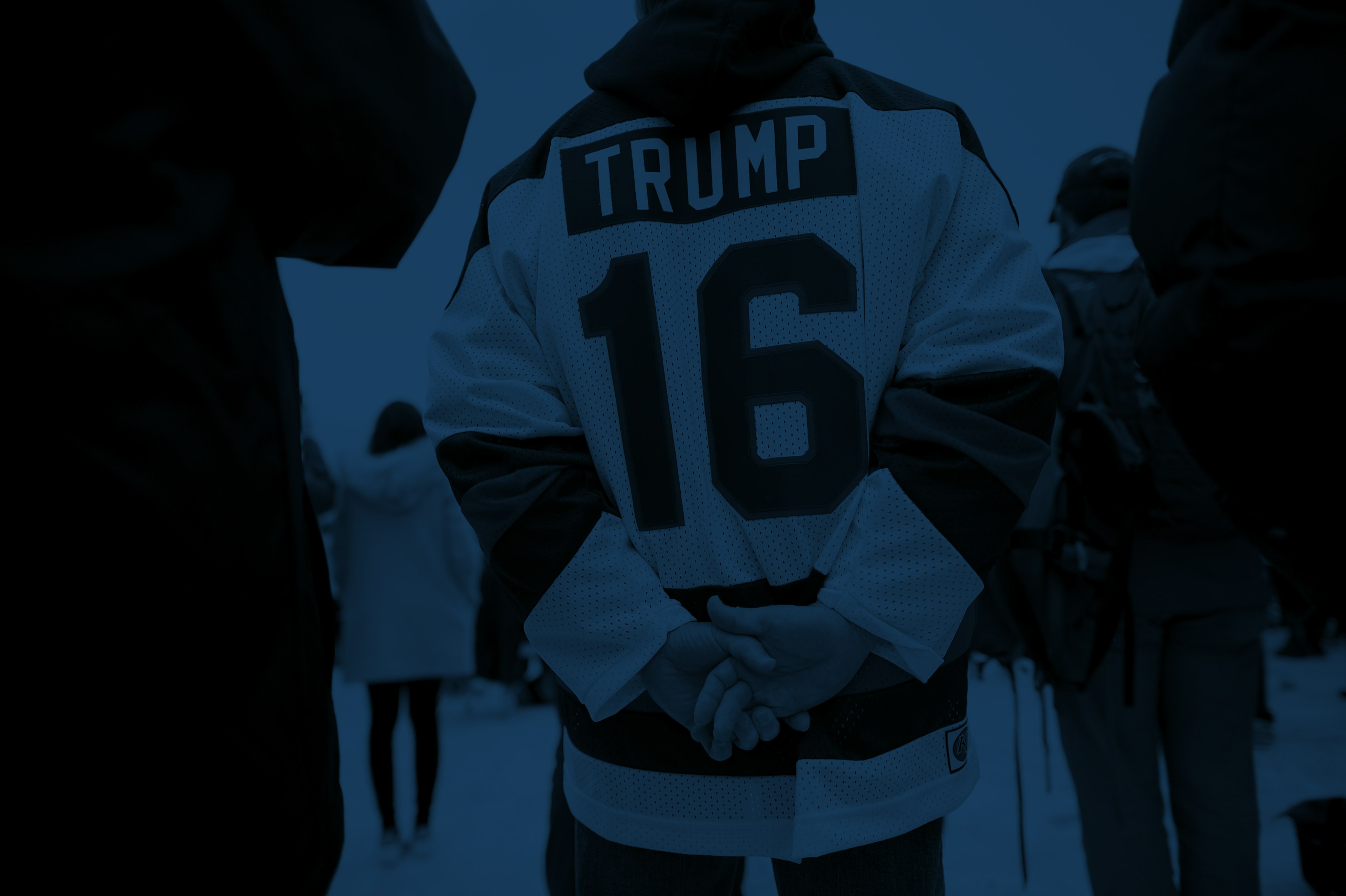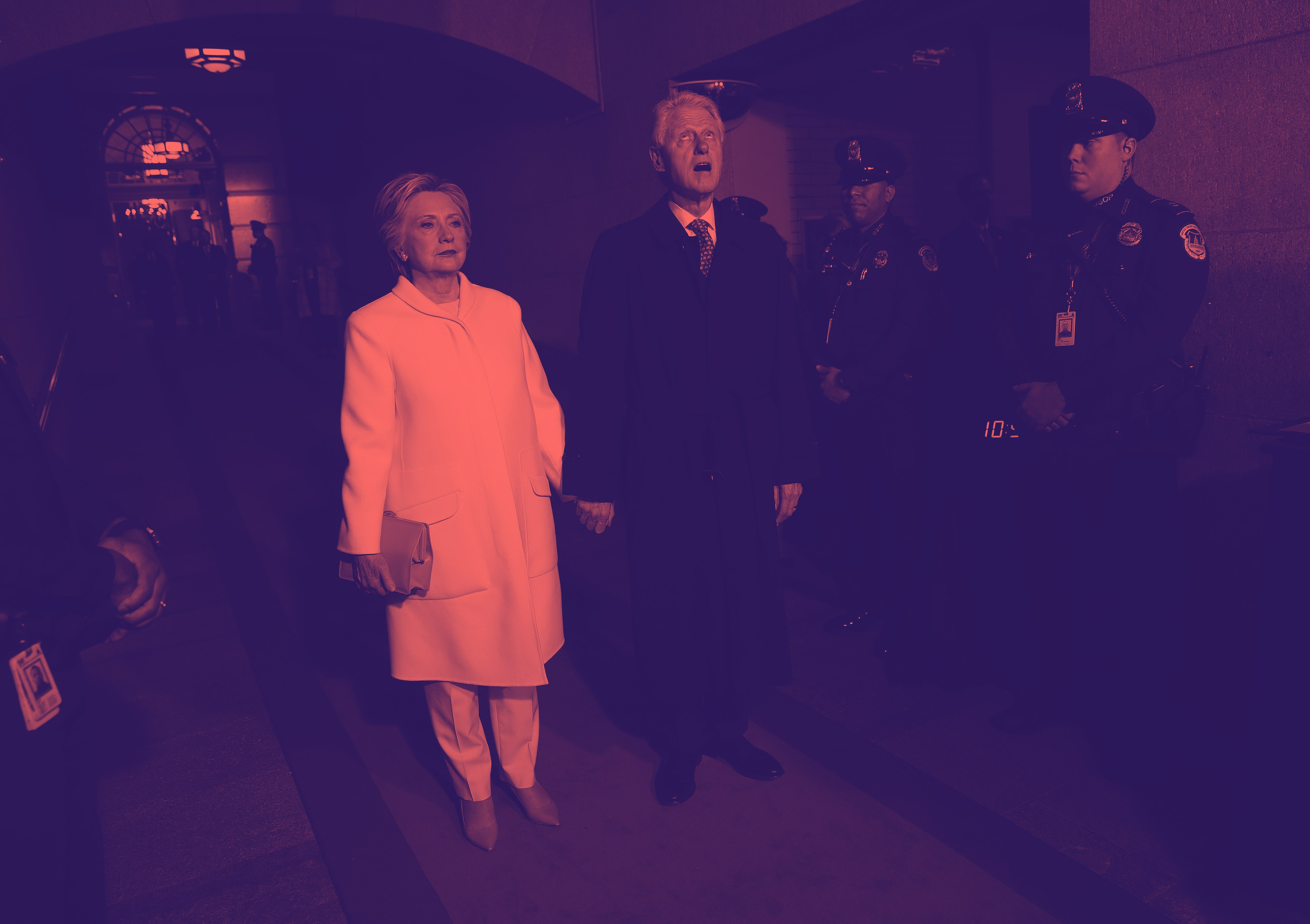Details are hard. They can be difficult to pin down amidst conflicting accounts, and then when you do get them straight, they can have a rather blunted impact in all their nuance. It’s why people say “We only use 10 percent of our brains,” instead of “although certain minor functions may use only a small part of the brain at one time, any sufficiently complex set of activities or thought patterns will indeed use many parts of the brain.”
In today’s political moment especially, it’s been easier to generalize so as to be able to feel like we can more easily make sense of things: certain types of people voted this way, other types of people voted that way. For Ryne Rohla, Ph.D. student of economics at Washington State University, the story is all in the details. On Thursday, Rohla published a staggeringly meticulous interactive map that shows almost every precinct in the United States, along with color-coded information about each precinct’s voting decisions in the 2016 election. The map got so popular that it crashed within the first hour of going live. (They plan to update the site with a stable link as soon as possible.)
There are almost 175,000 precincts in the United States, Rohla said. However, there is no single source on precinct-level local data — the government doesn’t provide one, and in many cases, states don’t either. Precinct boundaries constantly get redrawn, so it can seem like a waste of time to map them out decisively.
Click here for a full sized version of the map.
For Rohla, however, data — particularly election data — is most interesting when analyzed at the local level. It allows average citizens to look at how their physical communities align with their ideological communities, and gives them a starting point for understanding their own place in the national conversation around contemporary issues.
“I’ve never had the opportunity to travel to many of the great population centers of the East, the veiled gulches and hollows of Appalachia, or the wide open country of the Heartland, but through election maps I could learn many things about the people who live there, how they vary, and how they view themselves,” he wrote in an accompanying explication on Decision Desk HQ.
He’s not the only one with this sentiment. David Ottewell, head of data journalism at British newspaper group Trinity Mirror, expressed a similar notion in a blog post late last year. “Local data provides the building blocks of analysis,” he wrote. “It is where we start if we want to try to understand what is actually going on.”
Rohla’s creation allows you to search specific addresses or navigate around scroll-style to check how different precincts voted in 2016’s presidential election. You can also check out election results dating back to 2008, as well as the “Estimated Margin Swing” — meaning the given precincts where Clinton won over Trump in 2016 by a higher margin than Obama over Romney in 2012, and vice versa. So for example, pink areas show you where Trump’s margin was little to no better than Romney’s, and dark red areas show where there was a massive swing to Trump’s side between 2012 and 2016.
For Rohla, however, data — particularly election data — is most interesting when analyzed at the local level.
Rohla decided to visualize swing in particular to highlight the political shifts that have occurred in different communities between the previous election and the more recent one. “With so many factions realigning themselves for the 2016 general election, a swing map depicting the change in percentage margin of victory would reveal many unique attributes of the underlying population,” he wrote.
Previously published election maps depict monoliths on a larger local scale; we are more familiar with the terminology of red states and blue states rather than red neighborhoods and blue neighborhoods. Until now, the only project that came close to Rohla’s in thoroughness was a map made by Stanford University’s Spatial Social Science Lab and released in 2012. Rohla, with phone calls, emails, and faxes, built upon that model with more data and programmed interactivity, in order to be able to extract what he refers to as “particularly interesting stories.” Stories like a dive into why Hispanics in the Southwest swung heavily towards Trump and decimal-specific statistics on the demographic factors that correlated with swings in Hilary’s favor, both of which are Rohla-authored posts published on Decision Desk HQ hours after the map. Another post by Alexander Agadjanian explores how precincts with landslide outcomes are on the rise, and increasingly favor Republicans.
The Upper Midwest embraces its destiny. pic.twitter.com/1vF2rTYv5Q
— Patrick Ruffini (@PatrickRuffini) March 30, 2017
Rohla hopes that taking a more granular focus could change how both civilians and public officials consider their communities. “County data, especially in urban areas, masks a ton of diversity with regard to income, race, education, employment, etc. within that single geographic unit whereas more disaggregated data reveals much of that hidden diversity,” he told The Outline in an email. Candidates often gloss over these differences during canvassing campaigns and rally scheduling. But with this localized map, the fissures in the red state/blue state picture become impossible to ignore.
“[A]lmost every area has within it Democratic and Republican regions or regions that swung toward Clinton and toward Trump. Even NYC has a number of pockets that voted for Trump; even rural Wyoming has pockets that voted for Clinton. It shows us that the ‘other side’ really isn't that alien or far away after all.”









